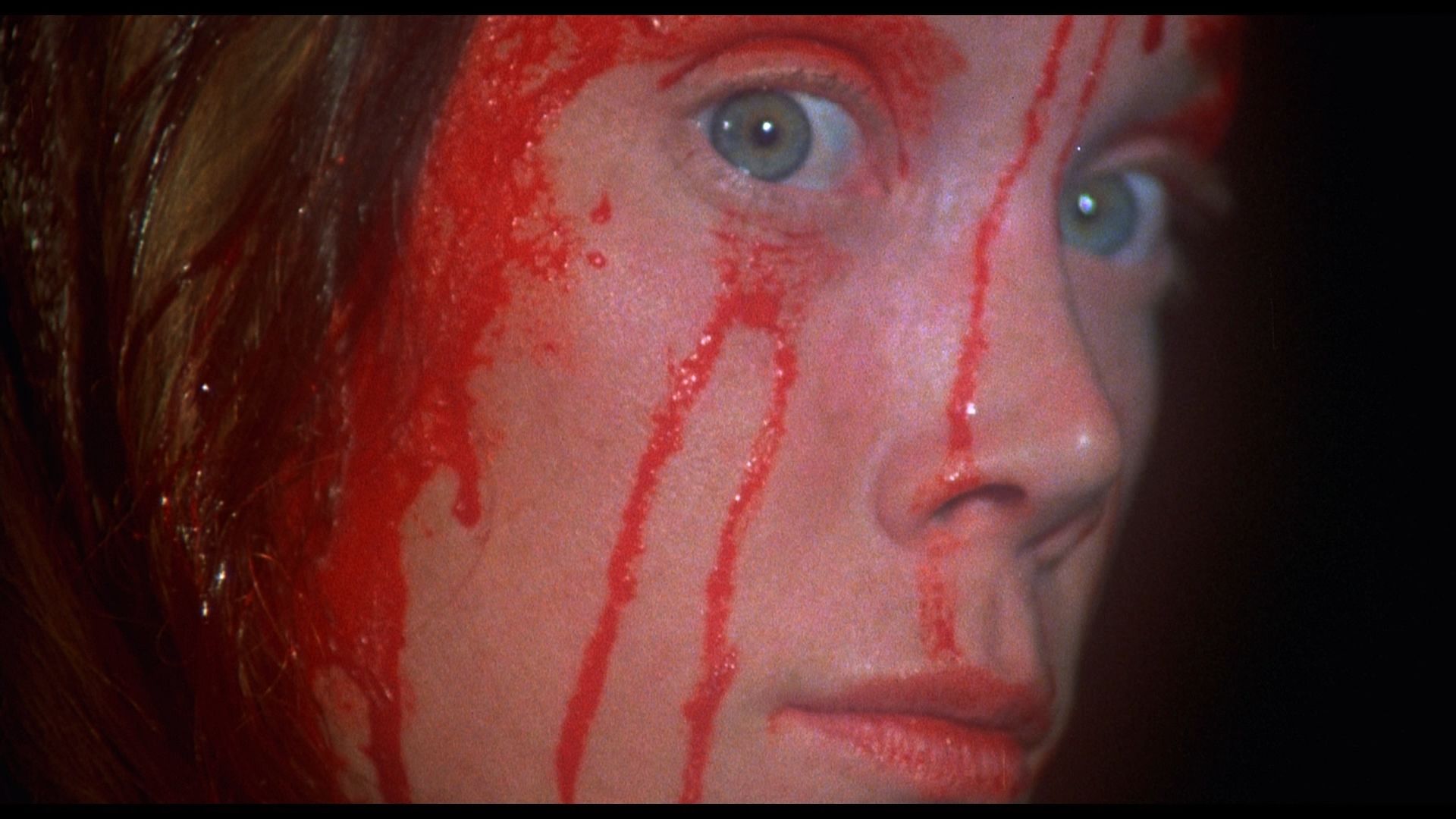


What does not respect border, positions, rules’ (Kristeva, p. The abject is that which ‘disturbs identity, system, order. I use Julia Kristeva’s psychoanalytic theory of abjection in Powers of Horror (1980) as it touches on both psychic and social states of self-awareness and identity formation. The abject refers to a subject’s first distinction between self and other that is precipitated by certain fluids relating to the mother figure. In socio-cultural terms, these traits cast the mother figure as an abject monster: that which dissolves the borders between the flesh and the world. The reproductive capacity produces substances that bring the internal to the external birthing, bleeding and breastfeeding. The female body collapses the boundaries between self and other via reproduction. The symbolic associations of mother’s milk and menstrual blood induce a reaction of horror from the observing subject, who associates these fluids with a monstrous form of maternity.

As Julia Kristeva has argued, the maternal female body threatens social order and semantic cleanliness in that it produces fluids which transgress the bodily boundaries of the flesh (Kristeva, 1980). The appearance of milk and blood remind us of the figure of the mother and her role in relation to us as distinct subjects. The conceptual notion of the female body as that which is monstrous is conceived via its fluid outpourings. The female body has a cultural and critical history of being conceived of as monstrous owing to certain maternal associations in critical and theoretical discourses. The paper applies Julia Kristeva’s theoretical concept of abjection and Barbara Creed’s definition of the monstrous-feminine to both historical periods in order to show how the female body is conceived of as abject in distinct cultural moments that have recognisable overlap. This paper explores the role of milk and blood in both medieval art and contemporary film with a response to the film essay Puncture, as featured above. This paper has been adapted from the original, presented at the Fluid Physicalities symposium at Birkbeck, University of London, in 2017.įilm still from Puncture, Rachel Frances Sharpe, 2017. The analysis will look at the fungible quality of milk and blood in historical contexts and their ability to create feelings of fear and repulsion towards maternal icons and women’s bodies. This can be seen trans-historically by comparing medieval to modern conceptions of abject maternity. The application of Julia Kristeva’s theoretical notion of the abject and Barbara Creed’s concept of the monstrous-feminine will demonstrate how blood and milk inspire a particular horror of the female body that renders the body monstrous. The film and paper make comparisons between late medieval imagery of Christ’s wounds and feminine tropes found recurrently in horror movies such as Suspiria (1977) and Possession (1981).

This film essay Puncture, by Rachel Frances Sharpe, and accompanying paper, by Sophie Sexon, examine the abject qualities of blood and breastmilk.


 0 kommentar(er)
0 kommentar(er)
